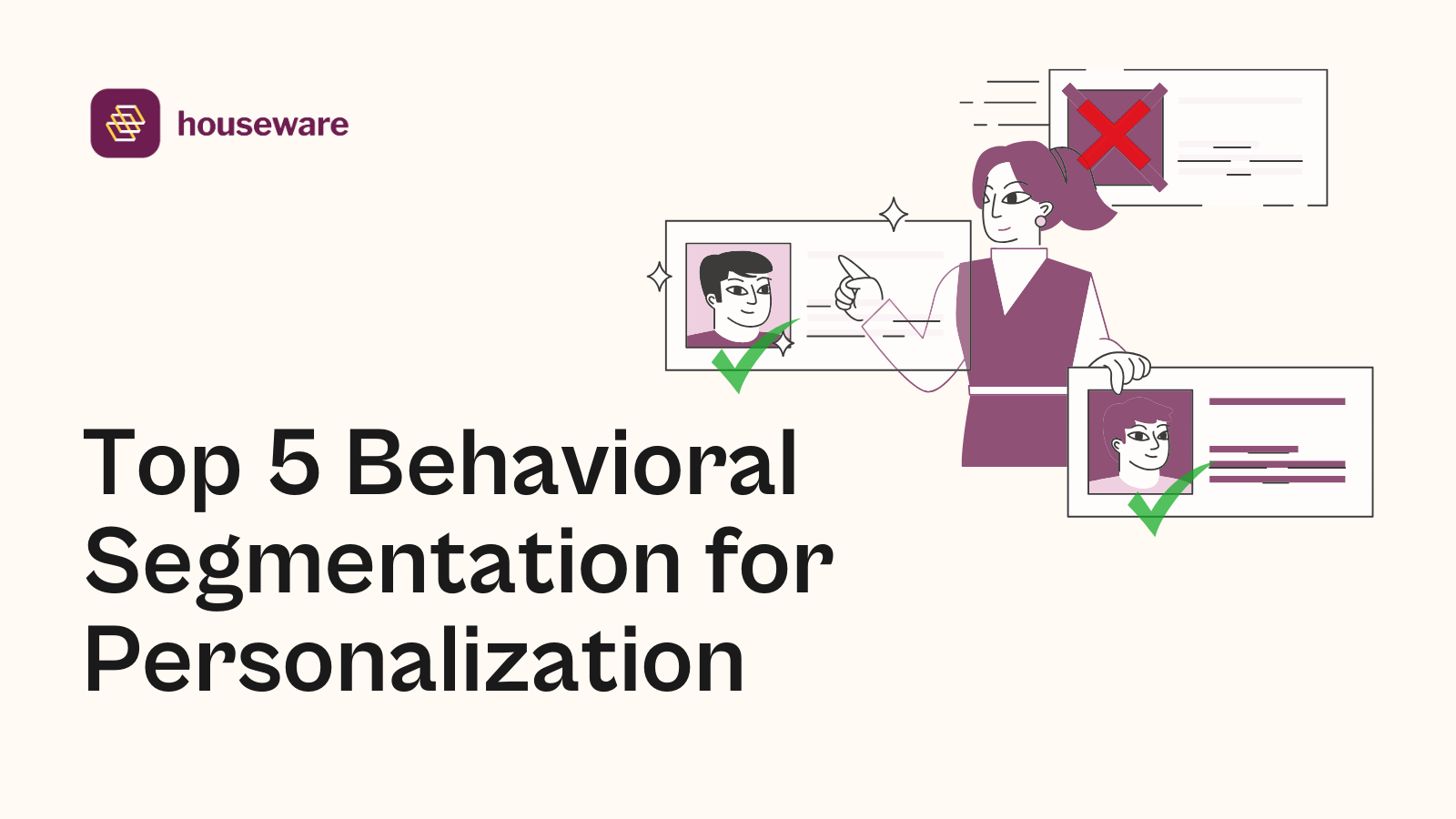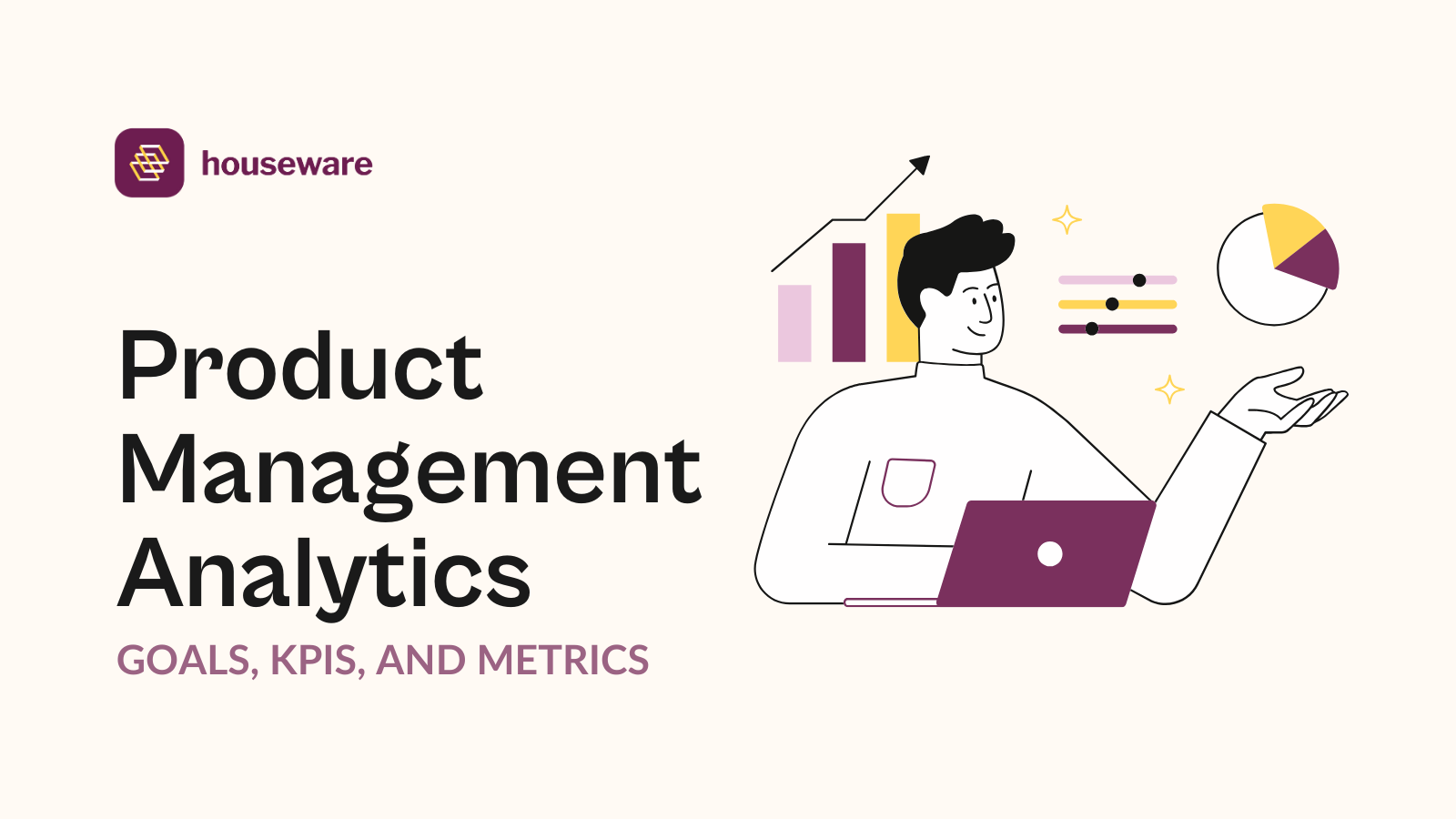What is Product Flow Analysis? A guide to improving user experience

What do great users want? They want to use products that they love. They want seamless experiences that help them achieve their most productive workflows.
This is what great product teams are dedicated to building. In order to achieve this, one of the most critical things they need is feedback - a constant voice of the user which guides them while building the perfect app.
While at smaller scales, this can simply be solved by having direct facetime with users, at an enterprise scale, listening to this voice is a challenge. Especially in enterprise B2B SaaS companies, the large number of users and features creates a complex web of interactions and use cases possible within a product.
One of the most daunting challenges that product teams face today is dissecting this web to generate insights on what their users want and find valuable. Analyzing user journeys is an answer to this problem, one that can help B2B SaaS companies identify user pain points and areas for improvement, as well as uncover new opportunities for growth, engagement, activation, and retention.
In this article, we’ll talk about what product flows analysis is, and how you can use it to improve the user experience of your product.
What are product flows?
Product flows simply refer to the different paths that users take across your product. Analyzing these flows allows the tracking of different workflows and features being used inside the product, along with the relevant conversion rates and drop-offs.
Analyzing product flows is valuable because, when used correctly, they serve as the voice of the user for guiding product decisions. Product flows give teams a unique insight into the behavior of their users inside their product, and how their experience can be optimized - for engagement, revenue, retention, and more.
What are some of its use cases?
Product flows are directly useful for many of the questions that business teams (product, marketing, sales) ask on a day-to-day basis, like:
- How are UX changes to the product pages affecting user behavior?
- Are users able to discover different features across the product?
- Can I get a list of users to target for engagement campaigns, upselling, or cross-selling based on their behavior on the app?
And many more based on the specific context of a company. In practice, product flows often look something like this

The above visualization tracks the user flows in a fitness app from the registration page all the way to “starting a fitness class”. We can see drop-offs along each step of the way, as well as different actions that were taken by users.
Product teams can generate flows like these for their target events in order to get insights into user behavior and optimize their app for a better experience.
How can we implement this?
The industry standard solutions for product analytics use cases like these are tools like Amplitude and Mixpanel which ingest the events data from your app and allow you to create visualizations like the one above.
However, at Houseware, we believe this solution isn’t the best for you in 2023
- Implementing tools like Amplitude and Mixpanel leads to creating a silo of product data and limits the people within the organization who can directly use it.
- It often translates to business teams like marketing or sales not using product usage data for their analysis at all, or data teams becoming a bottleneck for servicing their requests
- Moreover, steep pricing plans by these tools often lead to high costs of product analytics and limitations around the kinds of analysis you can do
These problems have a common thread. In order to get value out of product data and visualize it in a self-serve manner, it is being moved out of the warehouse. That is where we believe the problem lies.
- The data warehouse is an organization’s system of record - keeping all information in one place, and usually accessible to all functions. By moving data out of the warehouse and into a specialized tool, we limit the number of “non-product” users who can have access to it, and how it can be combined with other types of data (like marketing or sales). This seriously inhibits use cases like account targeting based on product usage led by sales and user engagement campaigns led by marketing
- Moving data out of the warehouse costs more. By moving data out of your product - you pay for the ETL pipelines required to move it, as well as (opaque) storage and compute costs on the vendor’s end
However, data warehouses are changing in 2023 - instead of just beings stores of data, they are becoming hubs of different use cases for business teams that can be used in a plug-and-play fashion. This is what Houseware allows enterprise teams to do - simply connect our app to your warehouse and get value out of the box!
Some of our major use cases include self-serve analytics for product data and cross-functional data for marketing, sales, and finance teams. By using the warehouse as the center of your operations, there are some clear advantages that you can unlock:
- Skip implementation of cumbersome ETL pipelines that you end up paying for and maintaining
- Gain transparency in storage and compute costs - which you can own since they are in your warehouse instead of the external vendor’s
- Reduce your onboarding cycle from months to days
- Since no data needs to be moved, all you need to do is provide access to the data on your warehouse to Houseware and start using it!
- Use your product data across business functions like marketing, sales, and finance to activate different business use cases like targeting users for marketing campaigns, or accounts for sales pitches










